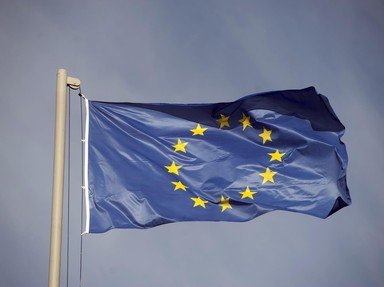Quiz Answer Key and Fun Facts
1. Who was the first president of the European Parliamentary Assembly?
2. Where is the Secretariat-General of the EP located?
3. Which country has the greatest number of seats in the European Parliament?
4. The EP acts by:
5. The president of the EP takes part in the European Council on equal footing with the president of the European Commission.
6. The European Parliament has the right to initiate legislation.
7. The European Parliament appoints the:
8. The Treaty of Amsterdam:
9. The European Parliament has the last word on:
10. An Italian MEP in the 80s promoted the elaboration of a Draft Treaty establishing the European Union, which never came into being but contributed to the EP becoming a more powerful institution. What was his name?
Source: Author
Beatka
This quiz was reviewed by FunTrivia editor
bloomsby before going online.
Any errors found in FunTrivia content are routinely corrected through our feedback system.
